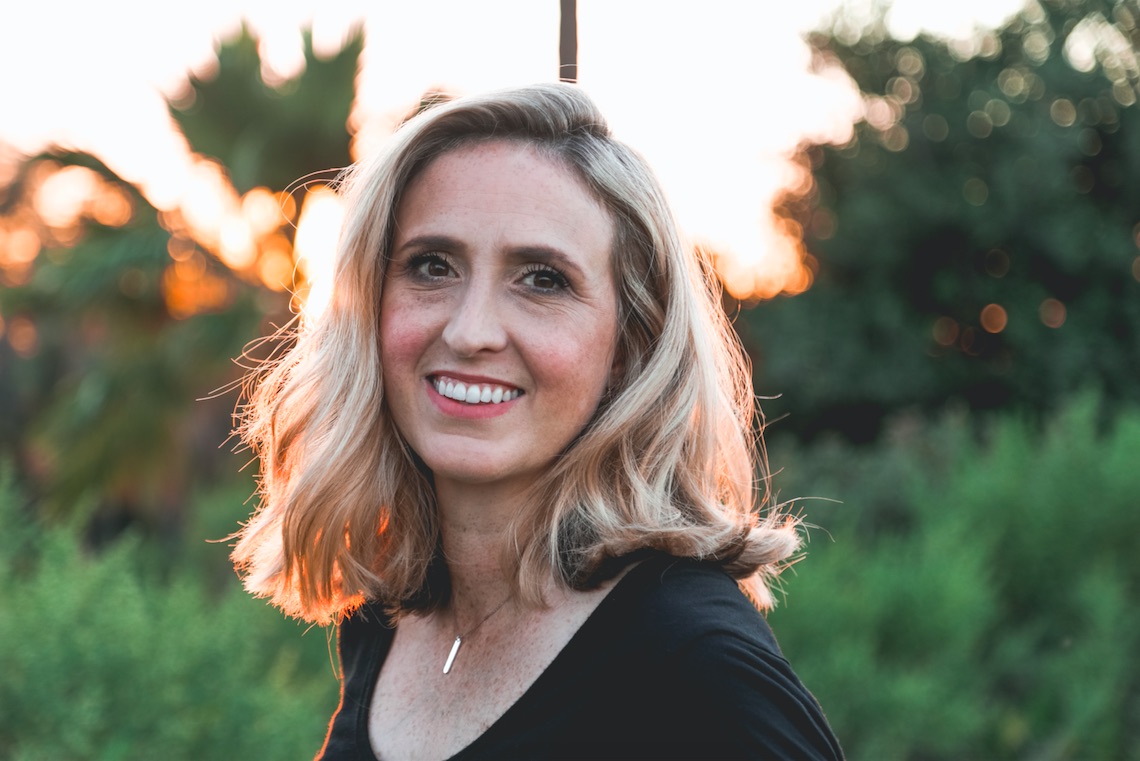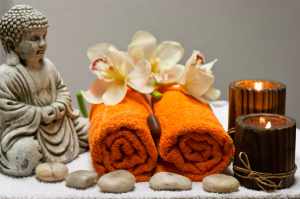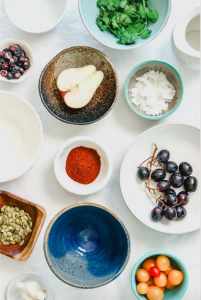Baby Boomer Wellness Market Research

And unlike younger consumers (e.g. millennials), they tend to have more time and money to devote to, and care for their bodies and appearance.
What is Wellness?
This term has several definitions and dimensions and varies depending who you ask.
- Most common would be physical aspects that relate to the ability to perform daily tasks without discomfort, fatigue or illness. These stress healthful habits (eating well and exercising) while avoiding unhealthy ones such as smoking or taking harmful drugs.
- Second most mentioned would be mental or psychological in nature and include, for example, a positive outlook on life, a sense of calmness, and healthy relationships both at home, at work and in social settings.
- As a result, one often combines these into simply “mind-body wellness”.
What is the Wellness market?

食物
- healthy eating and nutrition
- weight loss programs, foods and beverages
- vitamins, supplements, and medicines
Body
- electric tooth brushes and water picks, teeth aligners/braces, whiteners, and mouthwashes
- beauty and anti-aging cosmetics, skin and hair care
- footwear such as orthotics, arch supports, braces, cushioned shoe inserts, special socks and stockings
- appliances to prepare and cook food or beverages, e.g. choppers, grinders, blenders, slow cookers
- fitness studios for yoga, Pilates, and dance
Mind
- hot and mineral springs
- swimming pools, exercise machines and equipment, both at health clubs and at home
- mind-body meditation and spiritual oriented retreats
- spa and massage facilities
- wellness at work – corporate fitness programs to encourage exercise, meditation, relaxation/stress reduction, as well as in-house cafeterias providing free or low cost healthy foods, snacks and beverages
- wellness on vacation – tourism, cruises and other group travel that emphasize healthful food, mindfulness, and dealing with the aging process
What can market research do for you?
 If you work and market in the wellness market, you have a challenge. The products or services offered by your company are probably competing for consumer dollars, but not only within your category. So it is important not only to have a deep understanding of alternatives within your specific area, but also where you fit within the broader wellness market.
If you work and market in the wellness market, you have a challenge. The products or services offered by your company are probably competing for consumer dollars, but not only within your category. So it is important not only to have a deep understanding of alternatives within your specific area, but also where you fit within the broader wellness market.
Market research offers a means to conduct an investigation of what baby boomers buy, what influences those purchase decisions, and what changes lie ahead.
Researching the baby boomer wellness market
1. Start by first identifying the objectives you have for your company’s products or brands, and develop questions you would need to answer in order to act on them. Here are some broad and specific examples…
- What trends are shaping your sector or category compared to the overall industry?
- what is the impact of new sleep related products (e.g. temperature adjustable beds, pillows connected to apps, or machines that introduce calming sounds, odors and lighting)
- What new products or services are gaining attention?
- who are perceived as their opinion leaders or early adopters?
- how/where do they become aware of them? (online, on phone, media)
- What is influencing dining activity?
- organic foods, farm to table?
- what are the mental and social benefits of dining out – relaxing, leisurely, mid-week, early bird special pricing?
- What features impact food purchase decisions?
- fresh vs. frozen, calories, fiber content?
- Does packaging impact product selection?
- statement of benefits
- nutritional data
- health warnings
- pictures of healthy/happy/active people
- Which foods are being added or subtracted from one’s diet?, e.g. kale, spices, gluten, dairy
- By what means does this segment monitor and track its wellness related behaviors (e.g. apps, wearable devices and clothing)
2. Find a representative sample of your target market to study (gender, education level, closer to 50, 60 or 70 years of age, geographical location).
 3. Determine the methodology or combined methodologies to use, i.e. qualitative (focus groups, individual in-person interviews) or quantitative (online or phone surveys). Also consider monitoring social media and supplementing efforts with secondary research.
3. Determine the methodology or combined methodologies to use, i.e. qualitative (focus groups, individual in-person interviews) or quantitative (online or phone surveys). Also consider monitoring social media and supplementing efforts with secondary research.
4. Identify an experienced third-party supplier with the capability to execute your market research project (e.g. have focus group rooms, telephone interviewers, survey programmers), analyze and report on its findings.
You should be able to glean answers to your questions, confirm assumptions and gain new insights as a result of a well conducted market research program.
In many cases, more ideas will arise that will lead to further product development and testing.
關於SIS
SIS Beauty Innovation Consulting is the Beauty Consulting arm of SIS International Research. We provide Beauty Innovation consulting for companies expanding in new markets and launching new products. Our key solutions include Consulting, Research, Product Testing, Strategy Development and Event Marketing. We conduct Focus Groups, Consumer Interviews, In-Home Ethnography, Product Usability testing, and Online Interviews. We can also do Online Insight communities with Baby Boomer women to test your products and provide trend tracking.


